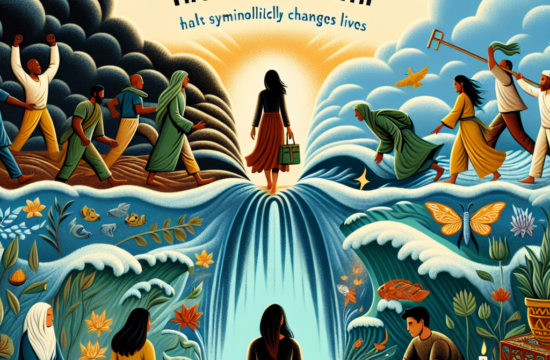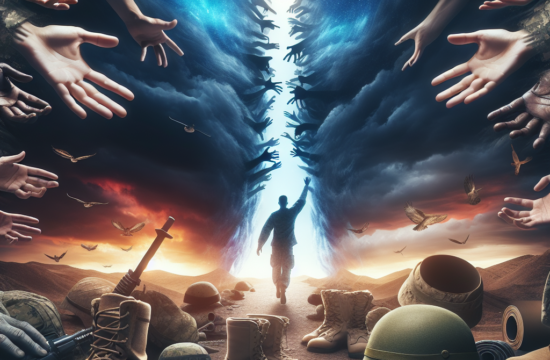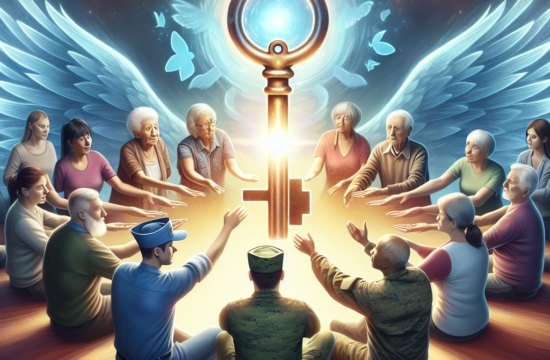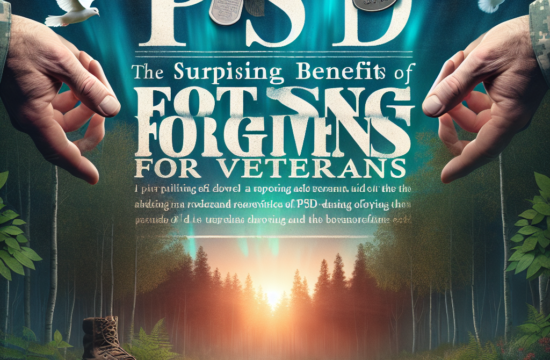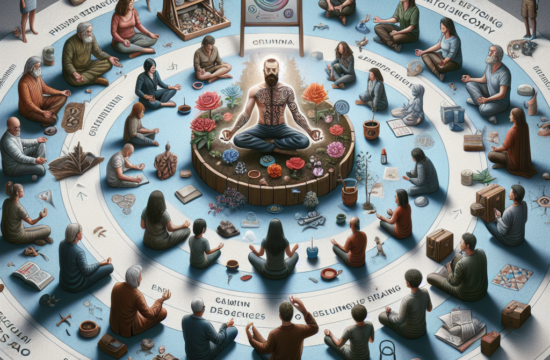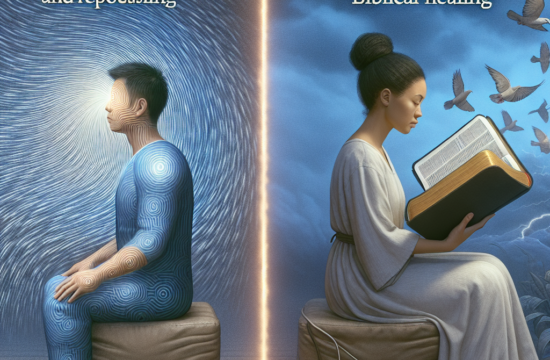==> Thank you for reading this post! Click Here If you are looking for support and Victory over PTSD.
Understanding PTSD and its Challenges
What is PTSD?
Post-Traumatic Stress Disorder (PTSD) is something many folks grapple with after experiencing a significant trauma. It can leave a marked impact on one’s life, often leading to anxiety, flashbacks, and a constant feeling of being on edge. I remember when I first encountered it—living under a cloud of worry and confusion, fighting an unseen battle. Each day felt like I was climbing a mountain with no peak in sight.
PTSD isn’t just a personal struggle; it can ripple through relationships, work, and even daily activities. Some might find it hard to grasp how serious it can be unless they’ve been there themselves. Understandably, many shy away from talking about it, thinking it shows weakness. But that’s the opposite of reality—facing this challenges demands immense strength.
Recognizing PTSD is the first step towards healing. It’s vital for everyone—whether they’re experiencing it themselves or supporting someone who is—to understand what it truly means, allowing for compassion and better pathways to recovery.
Symptoms of PTSD
Recognizing the symptoms of PTSD is like learning to read a map; it guides you in understanding the terrain of your emotions. Common symptoms can include flashbacks, avoidance of situations that remind you of the trauma, negative changes in mood and thought patterns, and heightened reactions. In my case, it often felt like a movie reel playing in my head whenever I least expected it.
The emotional turmoil can make it seem tough to sift through the sensations. You might experience anger, guilt, or sadness that just doesn’t seem to let up. That was something I really had to address in my journey—understanding that these emotions were valid, and they deserved attention.
Understanding these symptoms not only helps in self-awareness but also becomes a crucial part of recognizing when to reach out for help, whether that’s through therapy, support groups, or leaning on your faith.
The Importance of Support Systems
No one needs to go through trauma alone. Support systems are incredible—friends, family, and sometimes even online communities can provide that grounding we all seek. Trust me when I say this; having someone who gets it, who offers a listening ear, makes a world of difference. I’ve shared some of my most vulnerable moments with close friends, and it’s been healing just to talk it out.
Moreover, this support can go beyond just casual conversation. It’s about creating an environment where vulnerability is accepted. For me, opening up to my partner was a huge step. A little patience, a little empathy, and a lot of love can heal scars that seem insurmountable.
My faith journey found its place here too. Often, I found solace within my community, where shared values fostered a unique support network that uplifted me during the darkest days.
The Healing Power of Faith
Finding Strength Through Belief
For many, including myself, faith can be a beacon of hope amidst the storm of PTSD. It’s not just about religious belief; it’s finding a sense of purpose and connection to something greater than ourselves. When I hit rock bottom, exploring my spirituality offered me solace. I discovered that my faith wasn’t just a set of rules—it became a source of inner strength.
Basing decisions on faith helped shape a new narrative in my mind. I realized that the struggles were part of my journey rather than a definition of my worth. The moments I turned to meditation or prayer weren’t just moments of silence; they became transformative, allowing me to process complex emotions safely.
Nurturing this aspect of my life didn’t mean running away from my battles—it encouraged me to face them head-on with a toolkit of hope and resilience.
Get Support and Help with Recovery! Visit us for more Information and Support
Community and Shared Faith
Being part of a faith community is something powerful. It connects you with others who may be wrestling with similar struggles, and it builds bonds through shared experiences. I’ve found that attending services and participating in activities offered a sense of belonging that soothed the anxiety of isolation. The hugs, the shared prayers, and even just knowing others were in it together helped more than I anticipated.
A community often fills in the gaps when we might not have the strength to hold ourselves up. The beauty of shared faith is that it normalizes healing journeys. Being surrounded by others who understand and support each other makes it so much easier to step back into the light.
As I leaned into community support, I noticed how my heart began healing through relationships fostered in this shared space. Each interaction became like balm to my soul.
Spiritual Practices to Aid Recovery
Integrating spiritual practices into recovery can create a rich tapestry of healing. Mindfulness and prayer, for instance, are simple yet effective tools I implemented. Setting aside time for reflection or simple gratitude rituals helped me cultivate a sense of peace amidst chaos.
Engaging with texts or resources that resonated with my beliefs played a significant role too. Whether it was reading scriptures, inspirational texts, or even uplifting quotes, they served as reminders that healing is not linear but is entirely possible. Each time I found a nugget of truth, it reignited my hope.
Lastly, incorporating nature into my spiritual practice became crucial. There’s something healing about being in nature, reflecting on the beauty around me while soaking in the vastness of the universe. Those moments solidified my belief in a greater plan, in alignment with my healing journey.
Conclusion: Embracing the Journey of Healing
Each person’s journey with PTSD is uniquely personal. However, allowing faith to guide that journey can be transformative. The road to recovery with PTSD can often feel like an uphill battle, but it’s essential to remember that healing is possible—and you’re not alone. With faith, whether that’s through belief, community, or personal practices, we can find the strength to face our battles head-on. Whether you’re traversing this path yourself, or supporting someone who is, embracing faith as a guiding light can illuminate even the darkest corners of our hearts.
FAQs
1. How can faith specifically help in PTSD recovery?
Faith can provide a sense of hope and purpose, helping individuals find strength in times of struggle. It encourages personal reflection and healing through spiritual practices and community support.
2. What if I don’t identify with a specific religion?
No worries at all! Faith doesn’t have to be tied to a religion. It can be more about connecting with your values, nature, or even beliefs in humanity, which can all offer pathways to healing.
3. Can community support really make a difference?
Absolutely! Connecting with others who have similar experiences fosters a sense of belonging and understanding that can be incredibly fulfilling in the healing process.
4. Are there specific spiritual practices that I should try?
Try integrating prayer, meditation, journaling, or simply spending time in nature. These practices can help in finding inner peace and clarity.
5. How can I start my healing journey?
Start small—acknowledge your feelings, seek support from loved ones or professionals, and explore spiritual practices that resonate with you. Healing is a journey, not a race!




